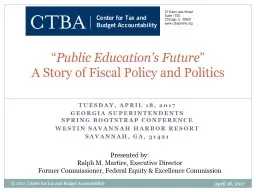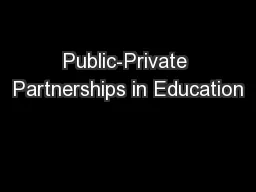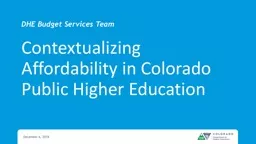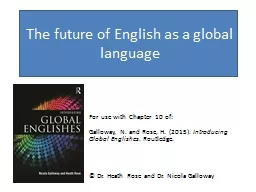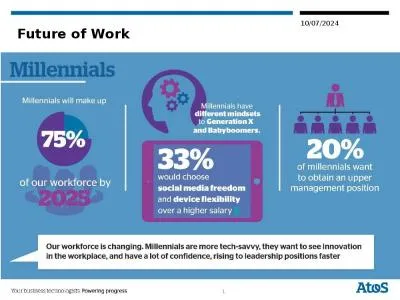PPT-“ Public Education’s Future
Author : min-jolicoeur | Published Date : 2017-07-29
A Story of Fiscal Policy and Politics 70 East Lake Street Suite 1700 Chicago IL 60601 wwwctbaonlineorg April 18 2017 2017 Center for Tax and Budget Accountability
Presentation Embed Code
Download Presentation
Download Presentation The PPT/PDF document "“ Public Education’s Future" is the property of its rightful owner. Permission is granted to download and print the materials on this website for personal, non-commercial use only, and to display it on your personal computer provided you do not modify the materials and that you retain all copyright notices contained in the materials. By downloading content from our website, you accept the terms of this agreement.
“ Public Education’s Future: Transcript
Download Rules Of Document
"“ Public Education’s Future"The content belongs to its owner. You may download and print it for personal use, without modification, and keep all copyright notices. By downloading, you agree to these terms.
Related Documents

